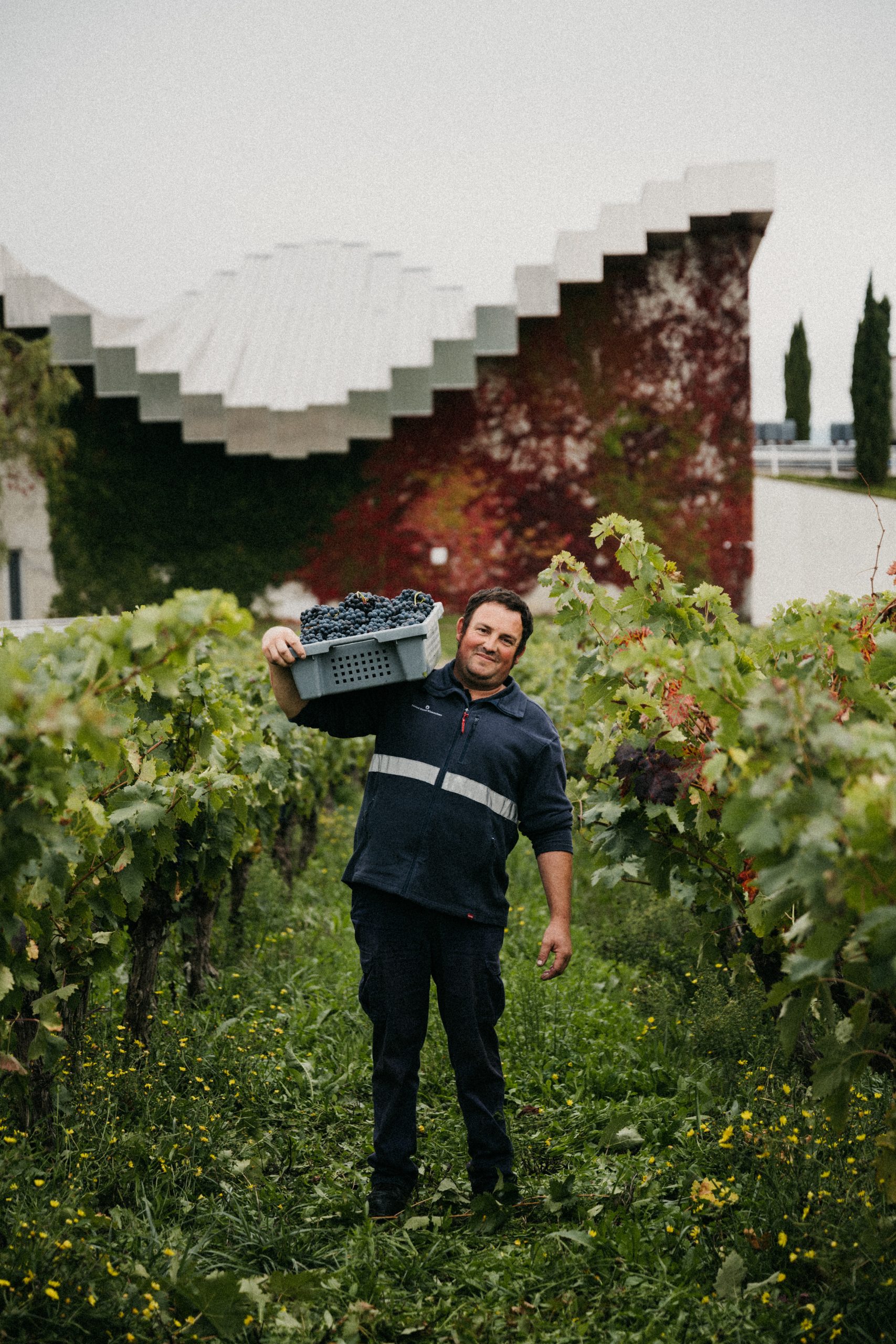João Pires: ‘Building a profitable wine list’
With Hong Kong’s restaurant scene becoming ever more innovative and competitive, Portuguese master sommelier João Pires lists his building blocks of a successful wine list.
João Pires is the only Master Sommelier in the Iberian Peninsula and is currently the director of wines for the City of Dreams in Macau and Altira Hotel. Next month, he will also join Studio City Macau as its director of wine.
With over 20 years in the trade having worked in some of the world’s most prominent hotels and chefs, including The Capital in London, The Vineyard at Stockcross in Newbury, as well as the Four Seasons Hotel Ritz in Lisbon, Pires has built his career around making successful wine lists.
He has also worked with Gordon Ramsay in the three-Michelin starred RHR in Chelsea and with Heston Blumenthal at Dinner in the Mandarin Oriental Hyde Park Hotel.
At a recent Meiburg Wine Media (MWM) Spit Conference, he gathered members of the food and beverage trade in Hong Kong and Macau to speak about building a profitable wine list.
“Everyone thinks they know how to do it,” proclaimed Pires “But in my career, I’ve seen a lot of shockers. First and foremost, your wine list is a powerful marketing tool that needs to produce positive results and let’s say it, make money for your establishment.”
Defining his approach to wine lists as “PIE” – Presentation, Innovation and Education – Pires states that the presentation of a wine list is crucial.
“If you have a large wine list you can list wines by grape, otherwise regions are fine. If you’re wine list is very small then list by variety: red, white, rosé and sparkling, For Champagne – organize by price. Nobody cases whether it comes from Reims, Ay or Bouzy, Champagne is Champagne and the name should sell itself.
“It needs to be well organized. In a well-known London restaurant, I came across its 50 page wine list with no index. How can customers be expected to find their way around that?”
Always keeping the wine list updated is another strong point. “Never be out of stock or offer different vintages to the one described on the list and update the wine list after every dinner and lunch if you can manage it. If you have only one bottle of something special, keep an eye on it so you know when it’s gone.”
Going overly technical with tasting notes is something Pires isn’t fond of. “We in the trade may know a wine as chewy, with hints of forest floor and Cassis but others are unlikely to! If a customer can’t understand a wine’s description and is embarrassed then he is unlikely to come back.”
Partner Content
Pricing is another issue which Pires insists restaurants must be transparent on. “Be aware of your pricing structure, I saw a Michelin-starred place in the UK had two wines for £7 but then one bottle was £28 and the other £30? That makes no sense. Also with approximately four glasses in a bottle, then make sure your bottle price is divisible by four to make the glass price correct.
“It may not seem much but no matter in which currency your menu is in, 150.000 is psychologically worse than just 150.
“Be realistic and identify your core price range. If 75% of your customers spend between $500 to $1,400 per bottle than adapt accordingly. Don’t keep ridiculously expensive wine that you won’t sell just because it looks good.
Service is also of utmost importance. “A good restaurant is ruined by inept service,” he noted gravely.
“Present the wine list to the guest – don’t just leave it on the table and then run away. Guide without imposing. Train your team, not just the one sommelier. If a key person is off sick, then everyone will be in the dark.”
At the end, questions invariably come up regarding the thorny issue of wine mark-ups. “It’s down to you,” said Pires enigmatically. “You balance against your P&L (profits and losses) and you reach a good price. Hong Kong, Macau and China aren’t generally too bad for mark-ups but the days of silly spending on wine are numbered. People are going for more sensibly priced wine and exploring other regions so another reason not to have just Burgundy and Bordeaux on the list!”
In points-obsessed Hong Kong, Pires is reserved about using ratings from wine critics. “What’s a point among friends?! I don’t think you need them, Robert Parker doesn’t cater to everyone’s tastes and besides, additional numbers next to prices will just confuse everyone.”
Finally, perhaps in a nod towards Hong Kong’s evolving wine consumption, Pires insists on having a fine wine by the glass list and recounts a favourite memory. “I had the great fortune to meet my idol Billy Joel one day who ordered a glass of Prosecco. They didn’t have it but offered a Kir Royale in the aperitif menu. So he said, I’ll have the Kir Royale without the Cassis! It made the whole restaurant look foolish.”
And as a parting gesture, Pires threw one more point to the audience: “The age-old theory of customers buying the second least expensive bottle of wine so as not to appear cheap is still true all over the world. So make sure it’s a good one!”





A nice read Joao and many relevant points for Sommeliers, Restaurant Managers and Owners alike to take on board